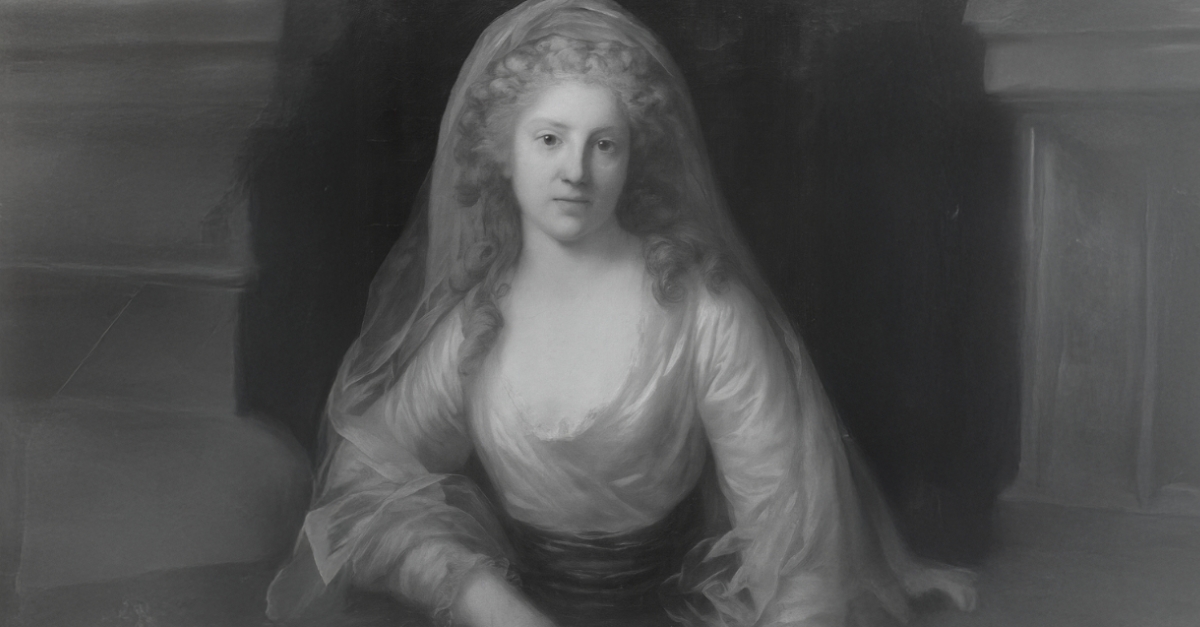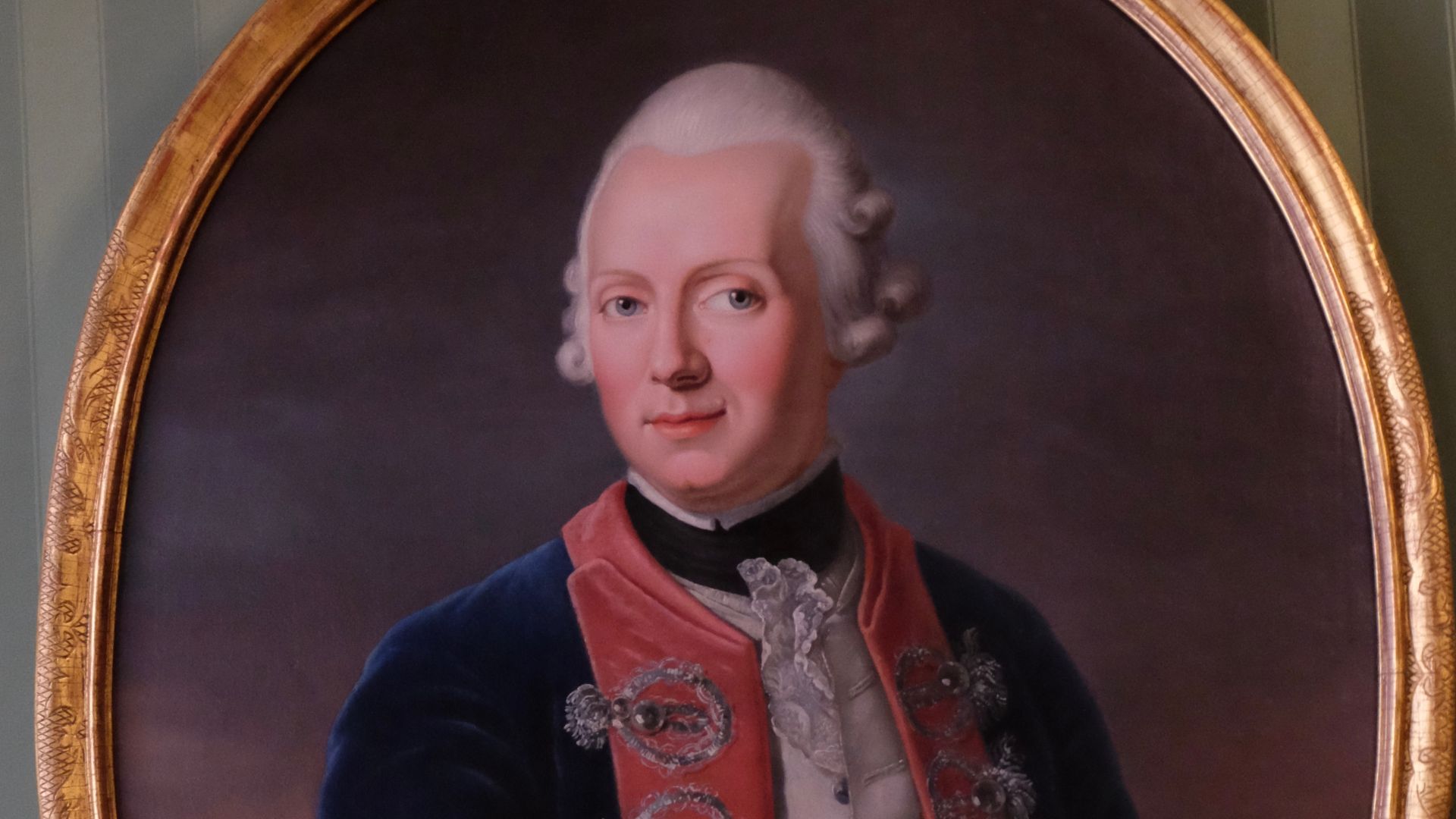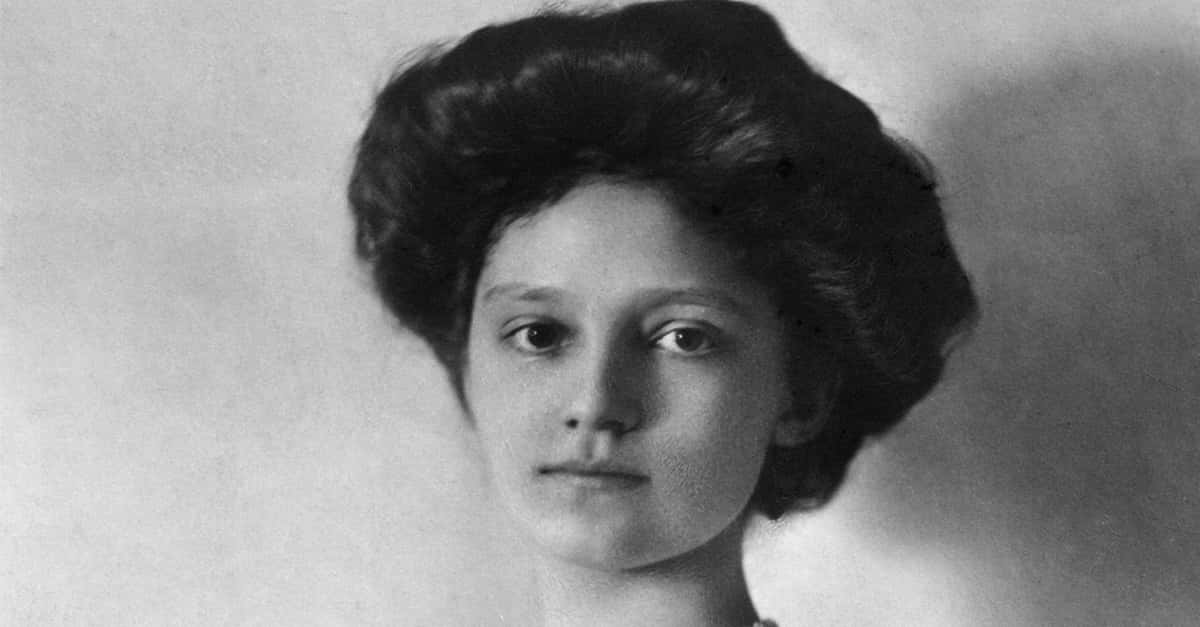Underground Mystery
Every old building holds stories, but this Berlin church was keeping a particularly special secret. Folks working on the historic structure never imagined they'd uncover a piece of Prussia's intriguing past.
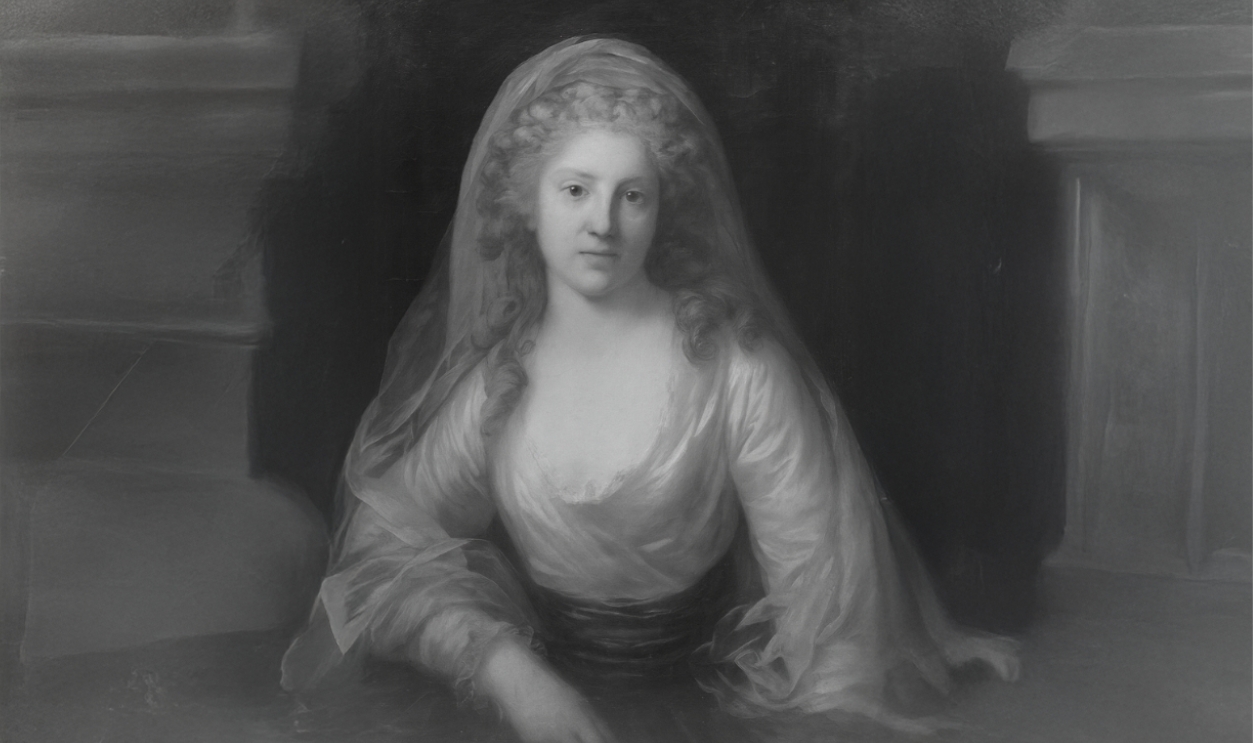
Renovation Discovery
Construction workers from the Berlin State Office for Monument Protection made an extraordinary discovery during routine renovation works at the historic Schlosskirche Buch on July 8, 2025. The workers uncovered a hidden crypt that had remained sealed for over two centuries.
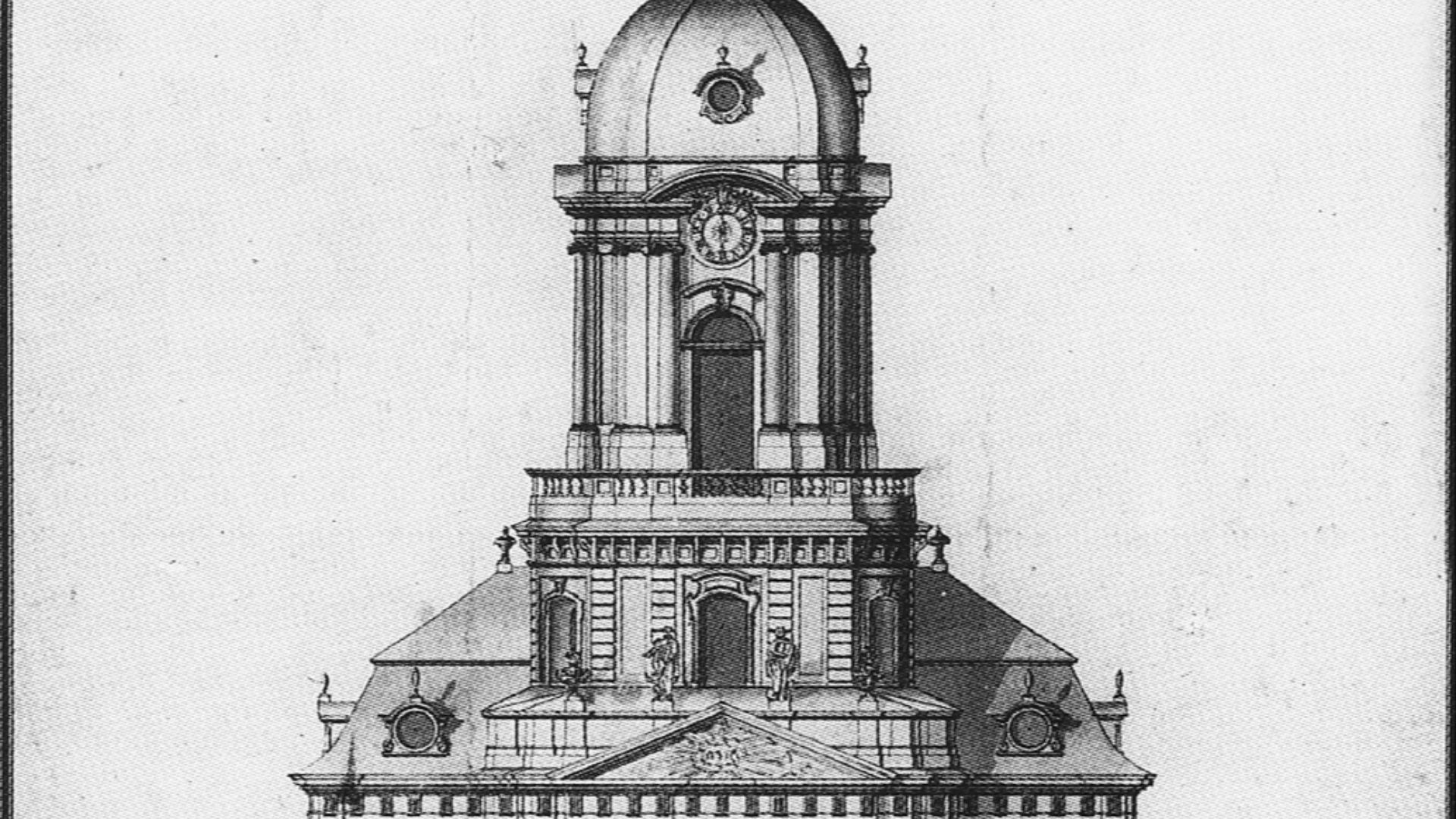 Konrad Wisendt, Wikimedia Commons
Konrad Wisendt, Wikimedia Commons
Buch Church
The Schlosskirche Buch stands as a remarkable baroque church in the Berlin district of Buch, originally built in the early 18th century as part of the castle complex. This historic church holds special significance as the birthplace of Julie von Voss in 1766.
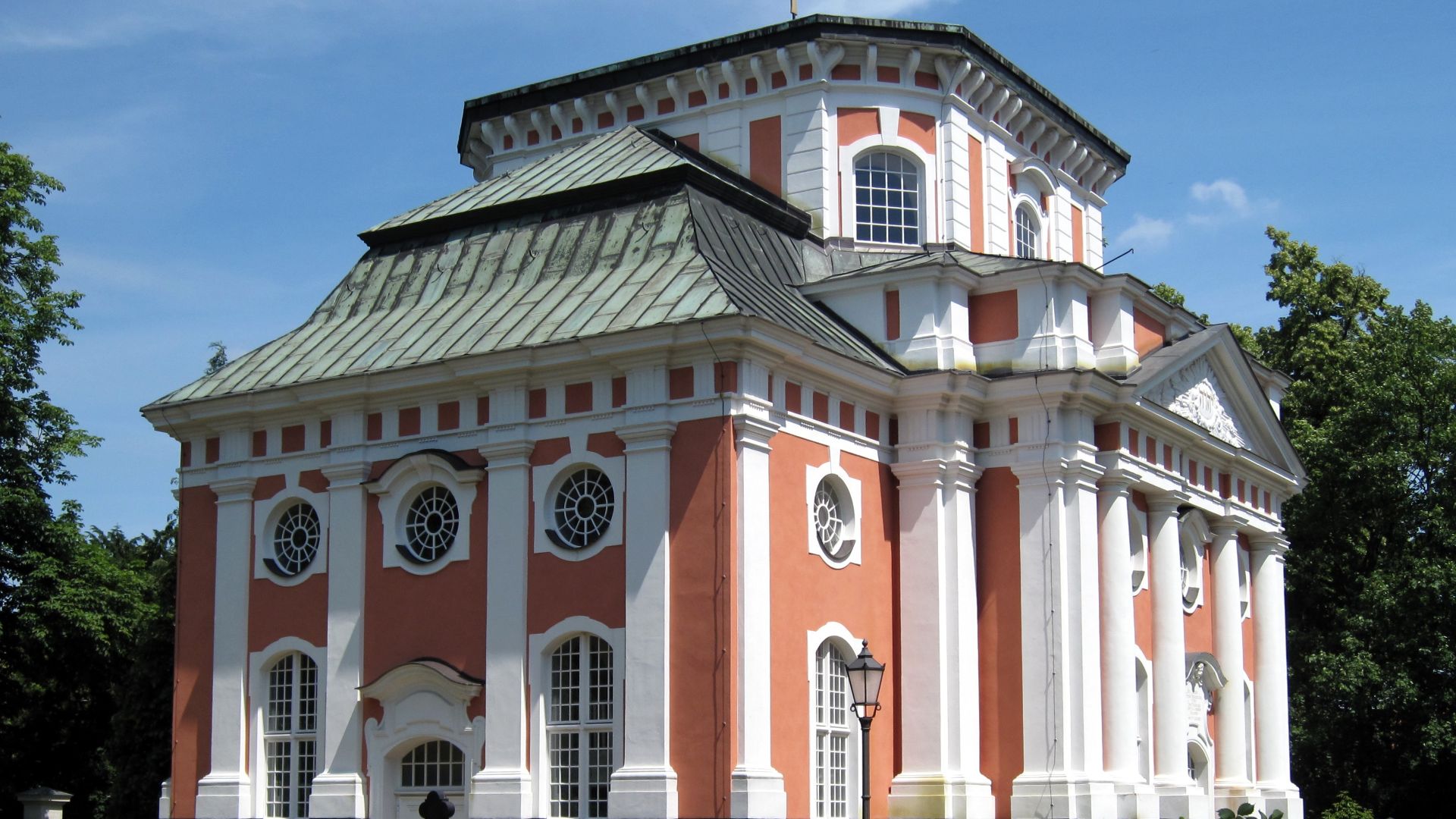 Olaf Tausch, Wikimedia Commons
Olaf Tausch, Wikimedia Commons
Hidden Crypt
The brick-lined, soil-filled crypt was brought to light during renovation works, hidden beneath accumulated debris and forgotten church floor layers. The rectangular burial chamber appeared to have been deliberately concealed, with no external markings or gravestones to indicate its presence.
 Sebastian Wallroth, Wikimedia Commons
Sebastian Wallroth, Wikimedia Commons
Ornate Coffin
Inside the crypt, archaeologists spotted a well-preserved wooden coffin that immediately caught their attention due to its exceptional craftsmanship. The coffin's superior construction and materials suggested it belonged to someone of extraordinary high social standing within 18th-century Prussian society.
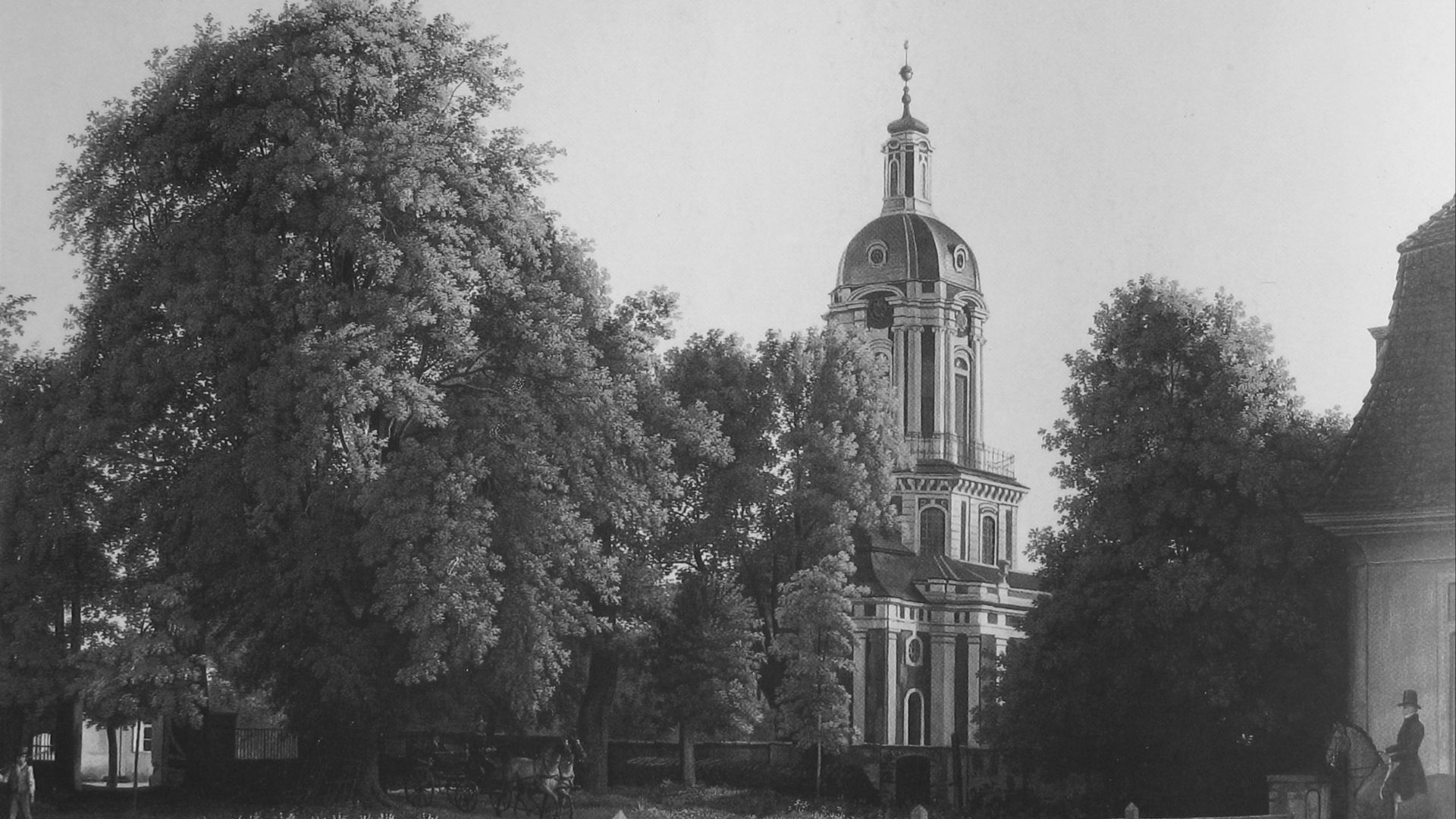 Johann Erdmann Hummel, Wikimedia Commons
Johann Erdmann Hummel, Wikimedia Commons
Gilded Decorations
The coffin's surface was adorned with numerous gilded moldings and intricate neoclassical medallions that gleamed. These golden decorative elements featured elaborate baroque and neoclassical motifs typical of late 18th-century aristocratic burial practices. The exceptional quality and extensive use of gold leaf indicated this was no ordinary burial.
Archaeological Team
Dr Sebastian Heber, Head of Archaeology and Monument Preservation at the Berlin State Office for Monument Protection, led the expert team that carefully documented and analyzed the extraordinary find. The archaeological team worked with precision to photograph, measure, and catalog every detail of the burial site.
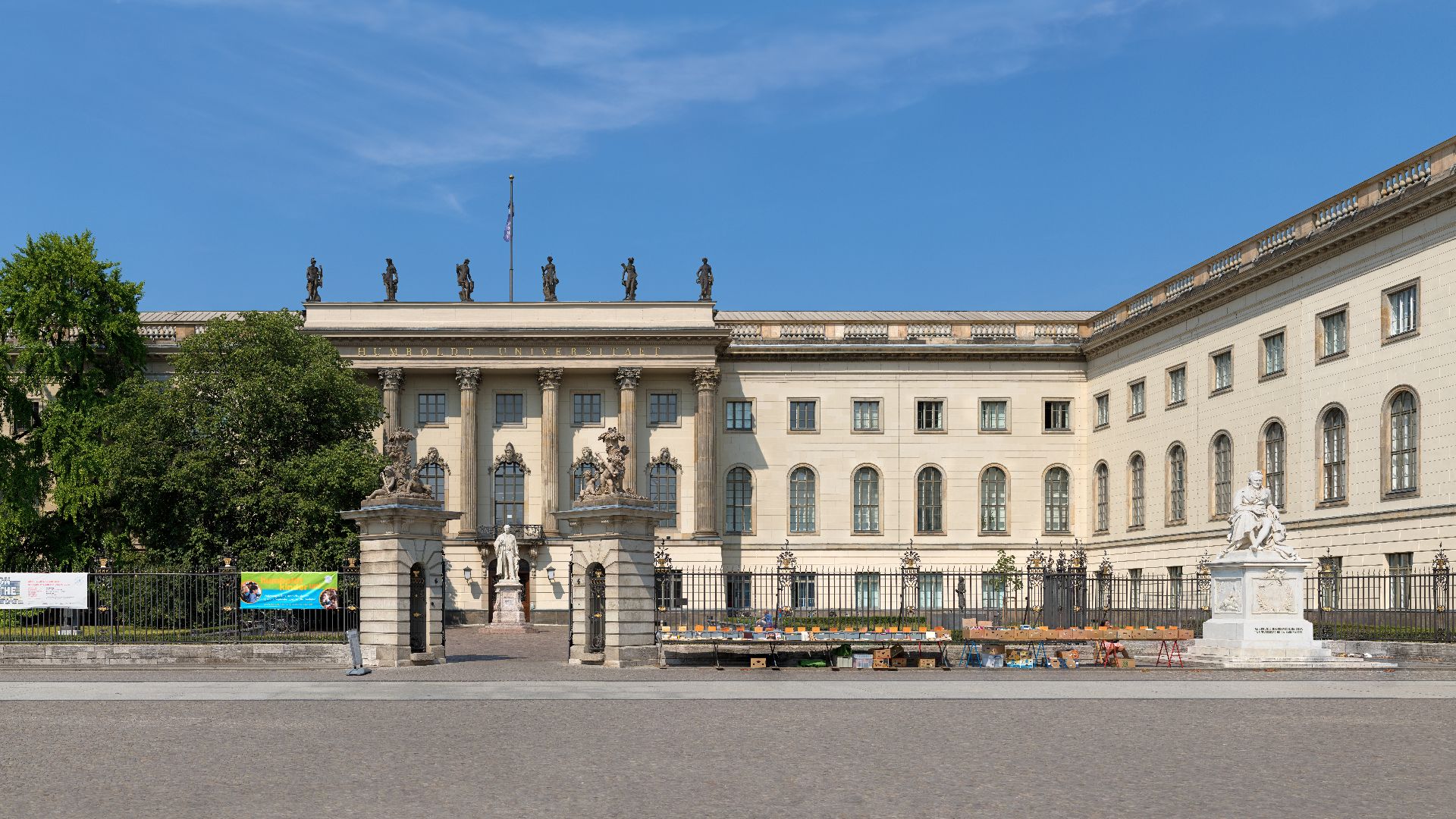 Christian Wolf (www.c-w-design.de), Wikimedia Commons
Christian Wolf (www.c-w-design.de), Wikimedia Commons
Identity Clues
Multiple pieces of evidence suggested that the coffin's occupant was Julie von Voss, including the crypt's location within the church where she was born and baptized. The singular burial matched historical accounts stating she wished to be buried alone in her childhood church.
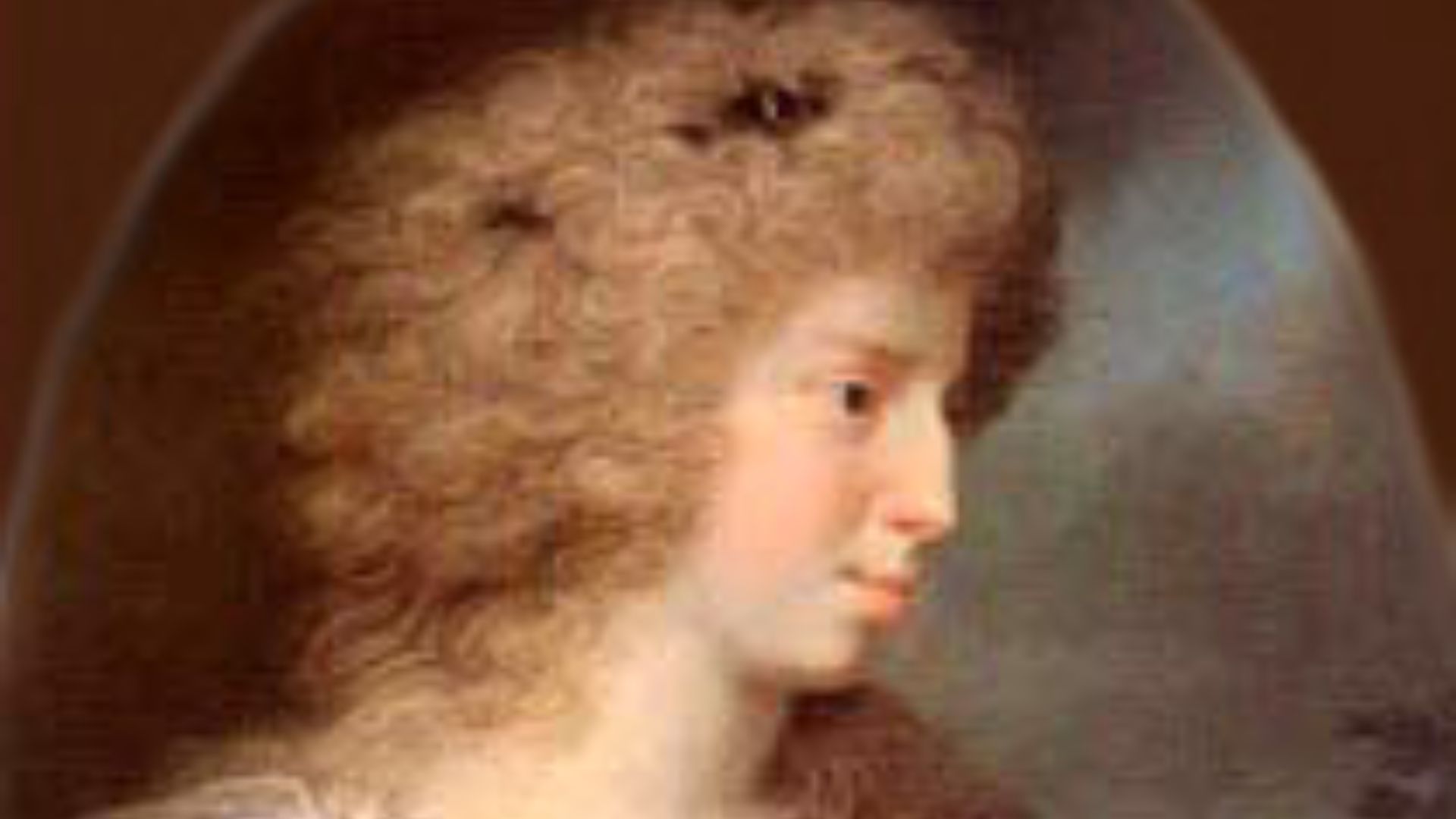 Johann Heinrich Schroder, Wikimedia Commons
Johann Heinrich Schroder, Wikimedia Commons
Expert Confirmation
While DNA testing could provide absolute certainty, experts consider the identification highly likely based on overwhelming circumstantial evidence and historical documentation. The archaeological team decided against opening the coffin to preserve the sanctity of the grave and prevent potential damage to the fragile remains inside.
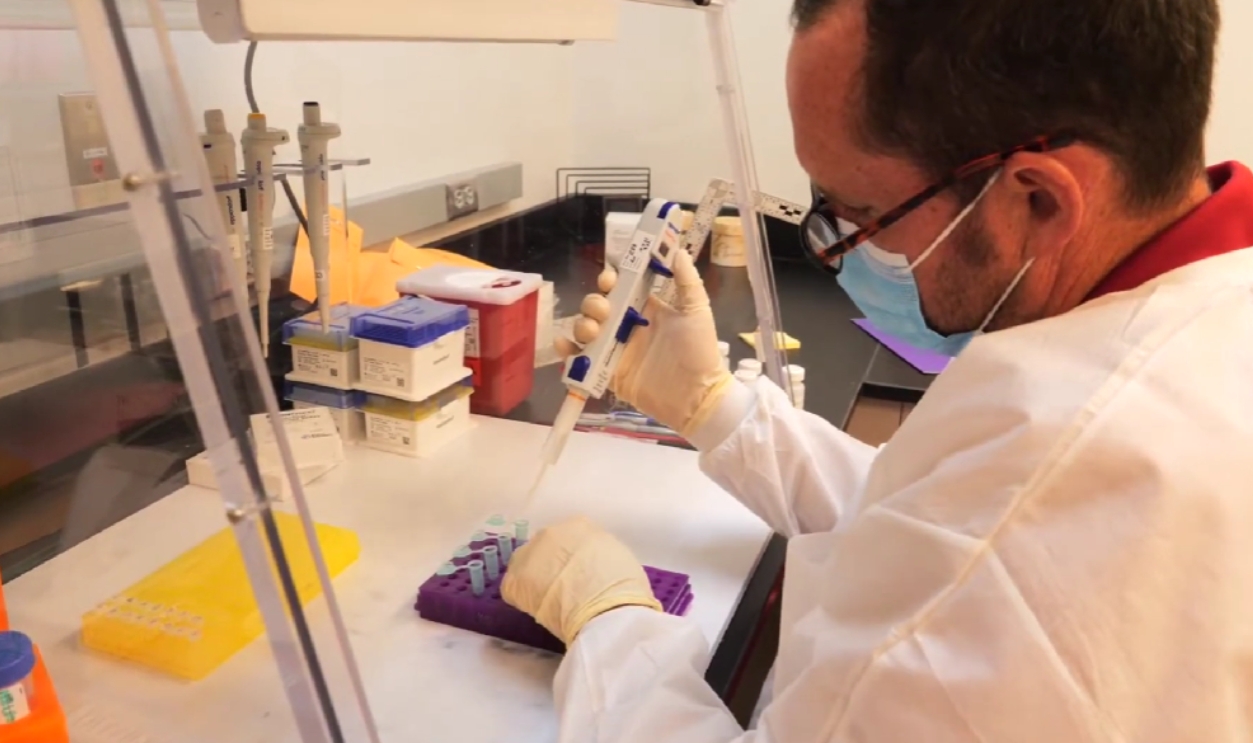 Forensic Science Week: DNA Analysis by Hennepin County Sheriff's Office
Forensic Science Week: DNA Analysis by Hennepin County Sheriff's Office
Prussian Kingdom
During the late 18th century, Prussia was emerging as a major European power under the Hohenzollern dynasty, with Berlin serving as its sophisticated capital city. The kingdom was experiencing significant cultural and political change, moving away from the strict militaristic traditions of Frederick the Great.
 Fall Asleep to the ENTIRE Story of The Rise of Prussia by The Quiet Conquest
Fall Asleep to the ENTIRE Story of The Rise of Prussia by The Quiet Conquest
Frederick William
Frederick William II ascended to the Prussian throne in 1786 after the demise of his famous uncle, Frederick the Great, inheriting a powerful but complex kingdom. Unlike his predecessor's austere military focus, Frederick William was known for his love of the arts, music, and elaborate court ceremonies.
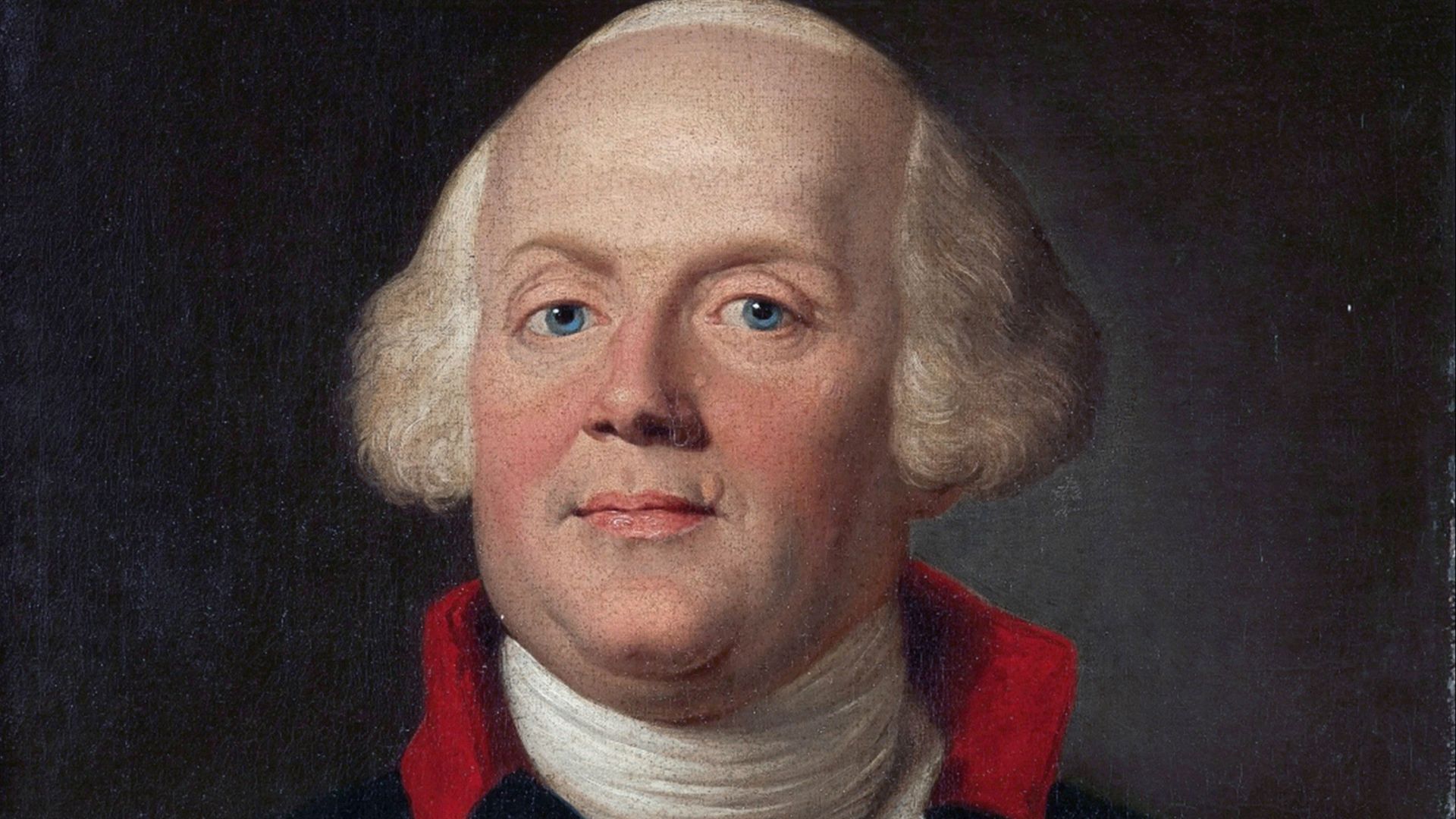 Anton Graff, Wikimedia Commons
Anton Graff, Wikimedia Commons
Royal Marriages
In 18th-century Prussia, royal marriages served as essential diplomatic tools, solidifying political alliances and ensuring dynastic succession, rather than prioritizing personal happiness. Frederick William II's marital life personified these complexities, having contracted two official dynastic marriages during his lifetime.
Royal Marriages (Cont.)
His first marriage to Elisabeth Christine of Brunswick ended in bitter divorce after four years of mutual infidelity and public scandal, while his second marriage to Frederica Louisa of Hesse-Darmstadt lasted until his death despite his numerous extramarital relationships and romantic entanglements.
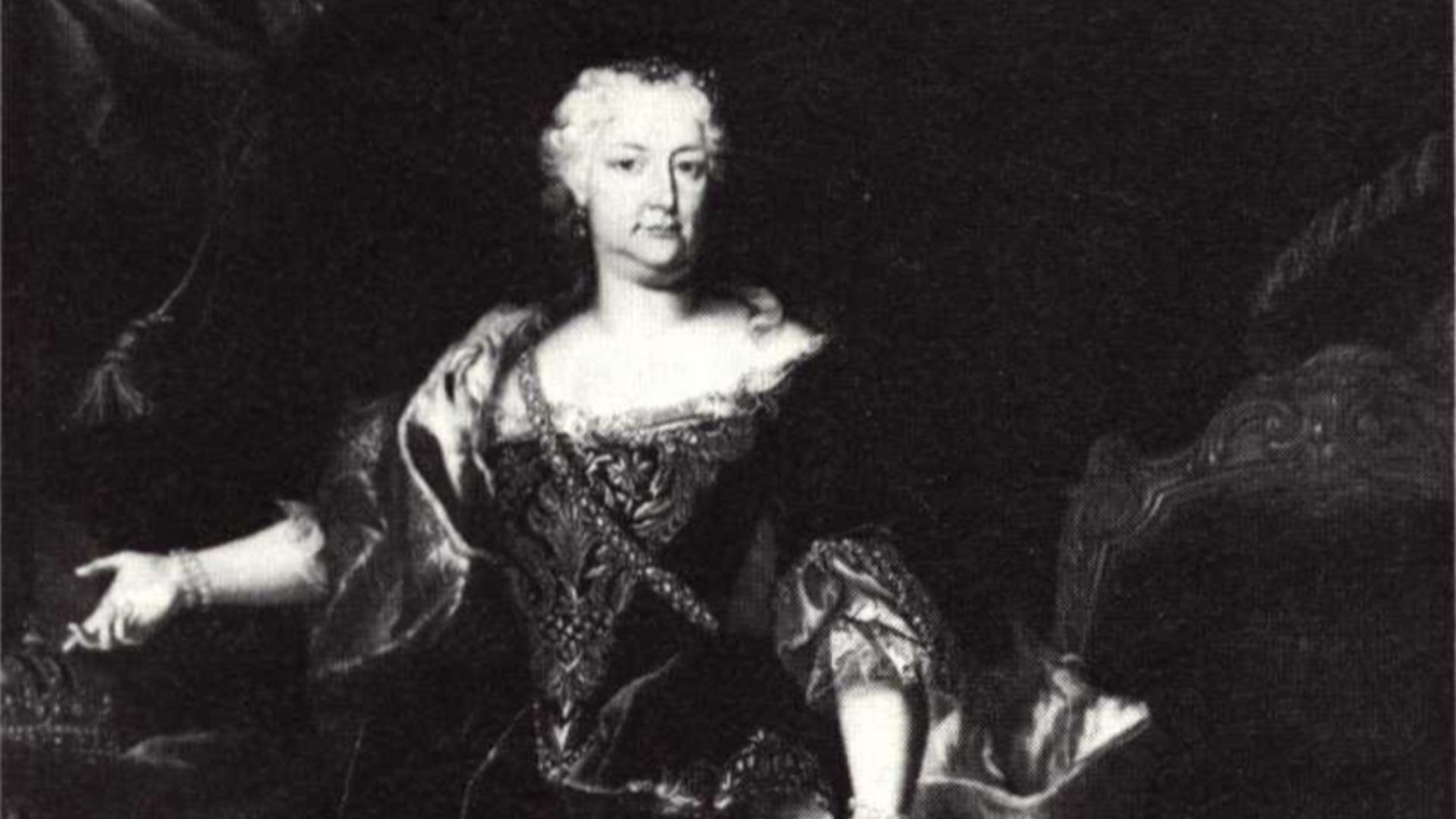 Johann Gottfried Auerbach, Wikimedia Commons
Johann Gottfried Auerbach, Wikimedia Commons
Morganatic Laws
Morganatic marriages represented a unique legal arrangement allowing royalty to wed partners of lower social rank without conferring royal titles or succession rights upon the spouse. These "left-handed marriages" required consent from the reigning monarch's official wife and were recognized as legally valid.
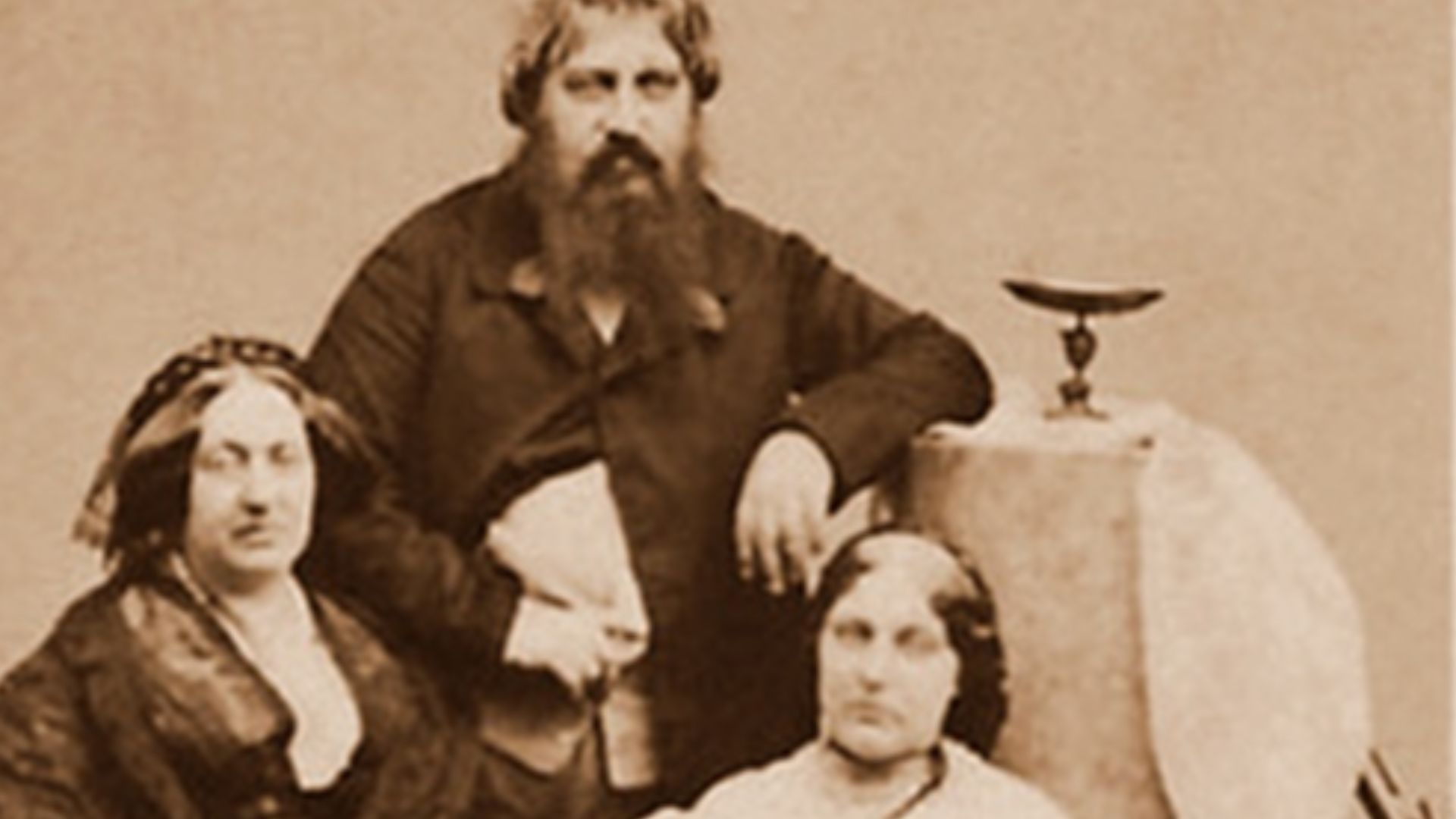 André-Adolphe-Eugène Disdéri, Wikimedia Commons
André-Adolphe-Eugène Disdéri, Wikimedia Commons
Birth In 1766
Julie Amalie Elisabeth von Voss was born on July 24, 1766, at Schloss Buch, into a distinguished noble family with deep connections to the Prussian court. Her father, Friedrich Christian von Voss, served as a court official. She was born during the reign of Frederick the Great.
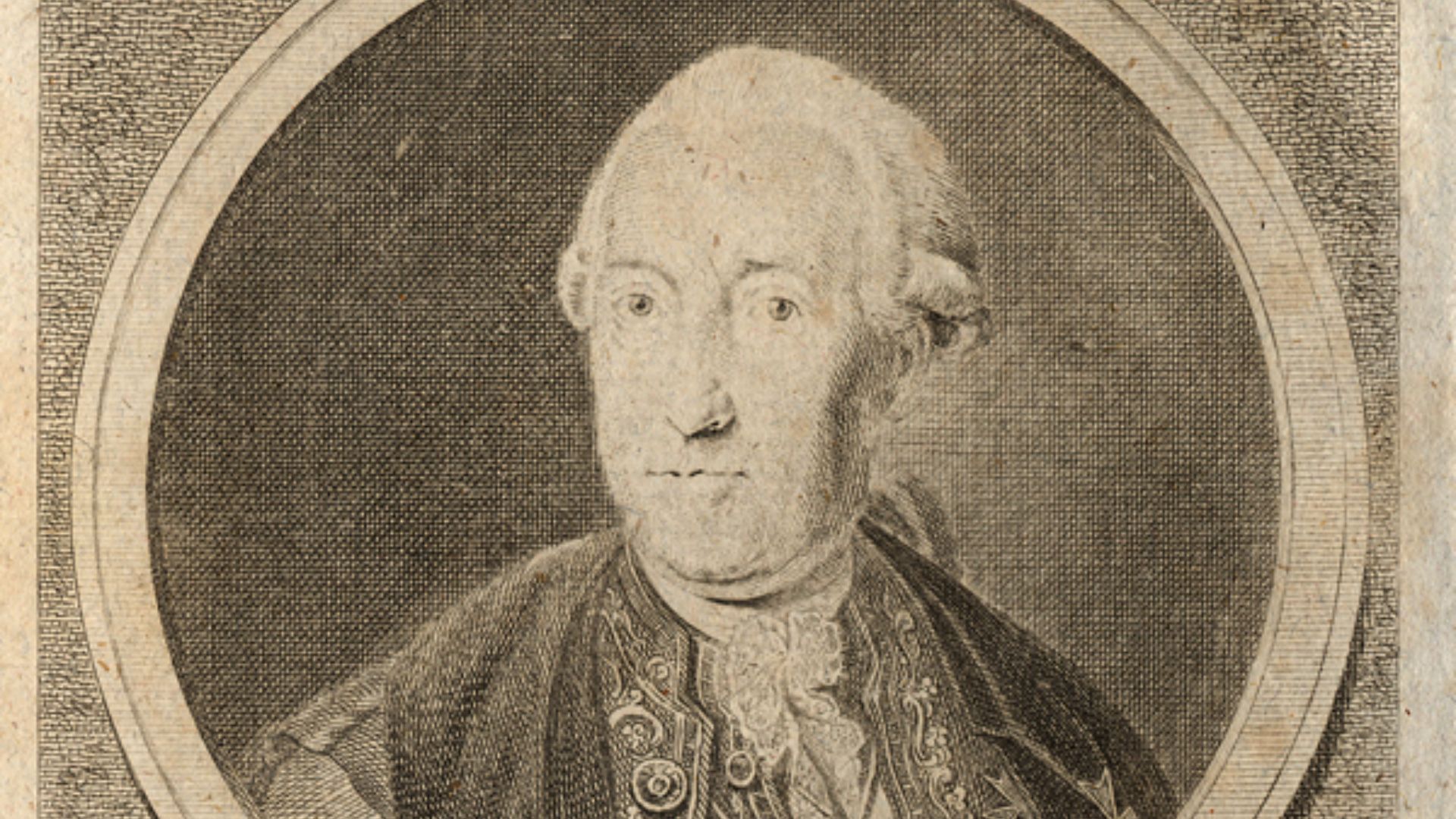 Daniel Berger (1744-1824) und Heinrich Franke (1738-1792), Wikimedia Commons
Daniel Berger (1744-1824) und Heinrich Franke (1738-1792), Wikimedia Commons
Court Appointment
In 1783, at age seventeen, this individual received an appointment as lady-in-waiting to Queen Elisabeth Christine, consort of Frederick the Great. The prestigious position brought her into daily contact with the royal family and exposed her to the sophisticated culture of the Prussian court.
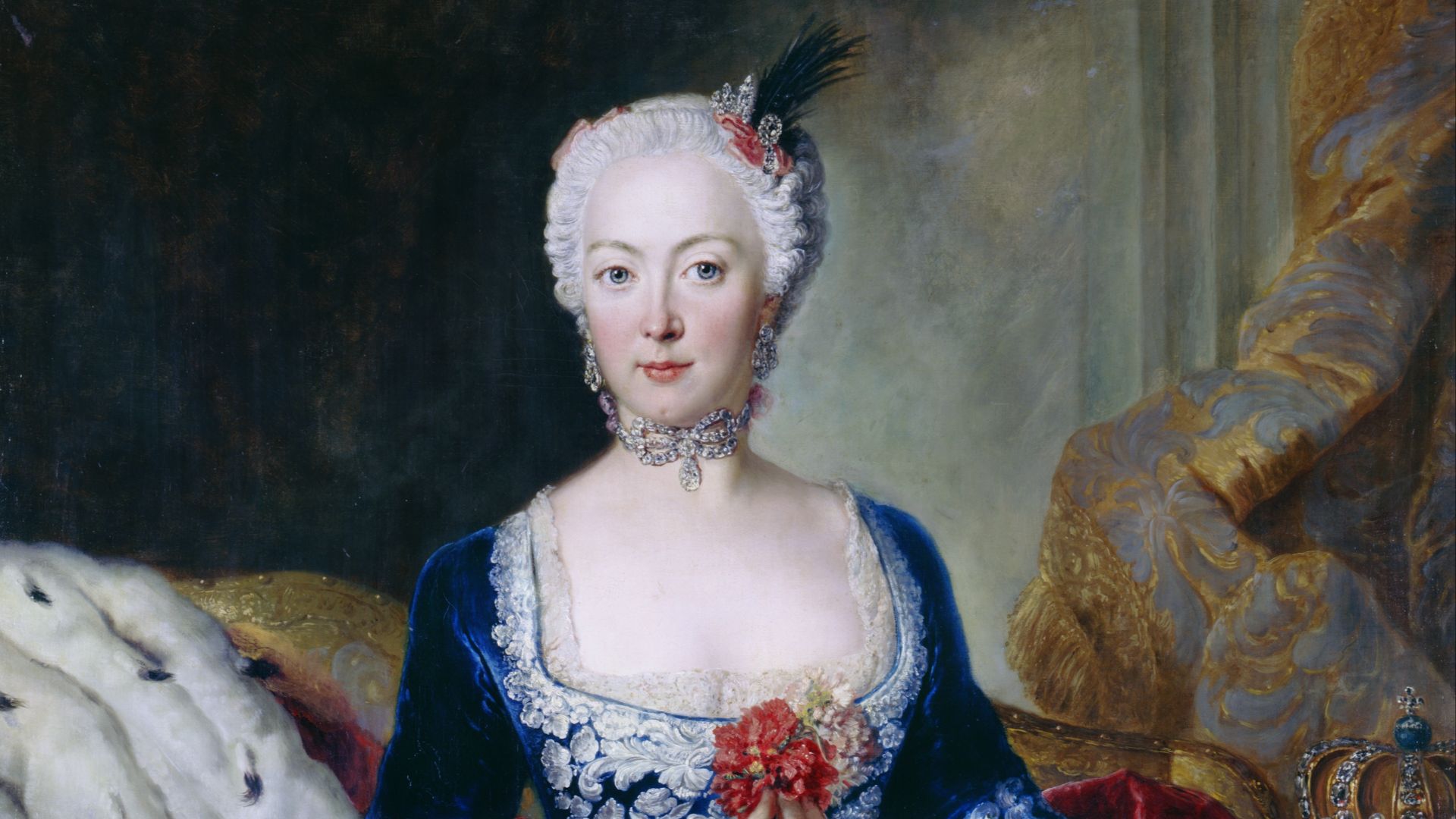 Antoine Pesne, Wikimedia Commons
Antoine Pesne, Wikimedia Commons
Miss Bessy
Her colleagues nicknamed her "Miss Bessy" due to her Anglophile tendencies. This nickname distinguished her as somewhat English in outlook or style amid the Prussian court. However, contemporary accounts considered her neither particularly beautiful nor intellectually brilliant by the court's standards.
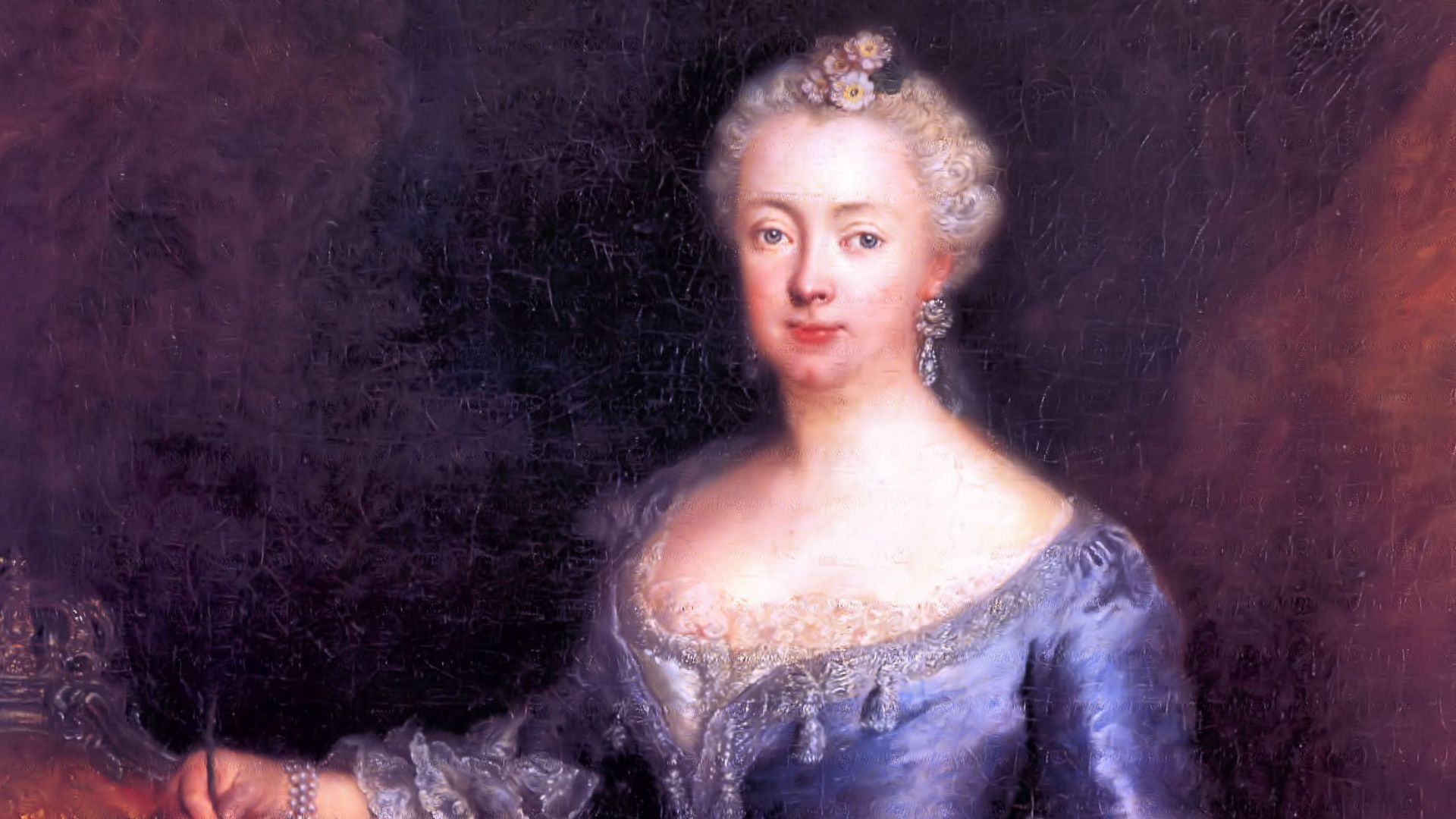 Antoine Pesne, Wikimedia Commons
Antoine Pesne, Wikimedia Commons
Royal Attraction
Crown Prince Frederick William became fascinated with her precisely because she initially rejected his romantic advances, a rare experience for the future king. Julie’s resistance intrigued the prince, who was accustomed to easy conquests among court ladies eager for royal favor.
 Thomas Dewell Scott, Wikimedia Commons
Thomas Dewell Scott, Wikimedia Commons
Queen's Permission
Count Finckenstein, Julie's relative and political advisor, convinced her to "sacrifice herself for the country" by accepting William's proposal with one critical condition. Julie insisted that Queen Frederica Louisa must formally consent to the morganatic marriage before any ceremony could proceed.
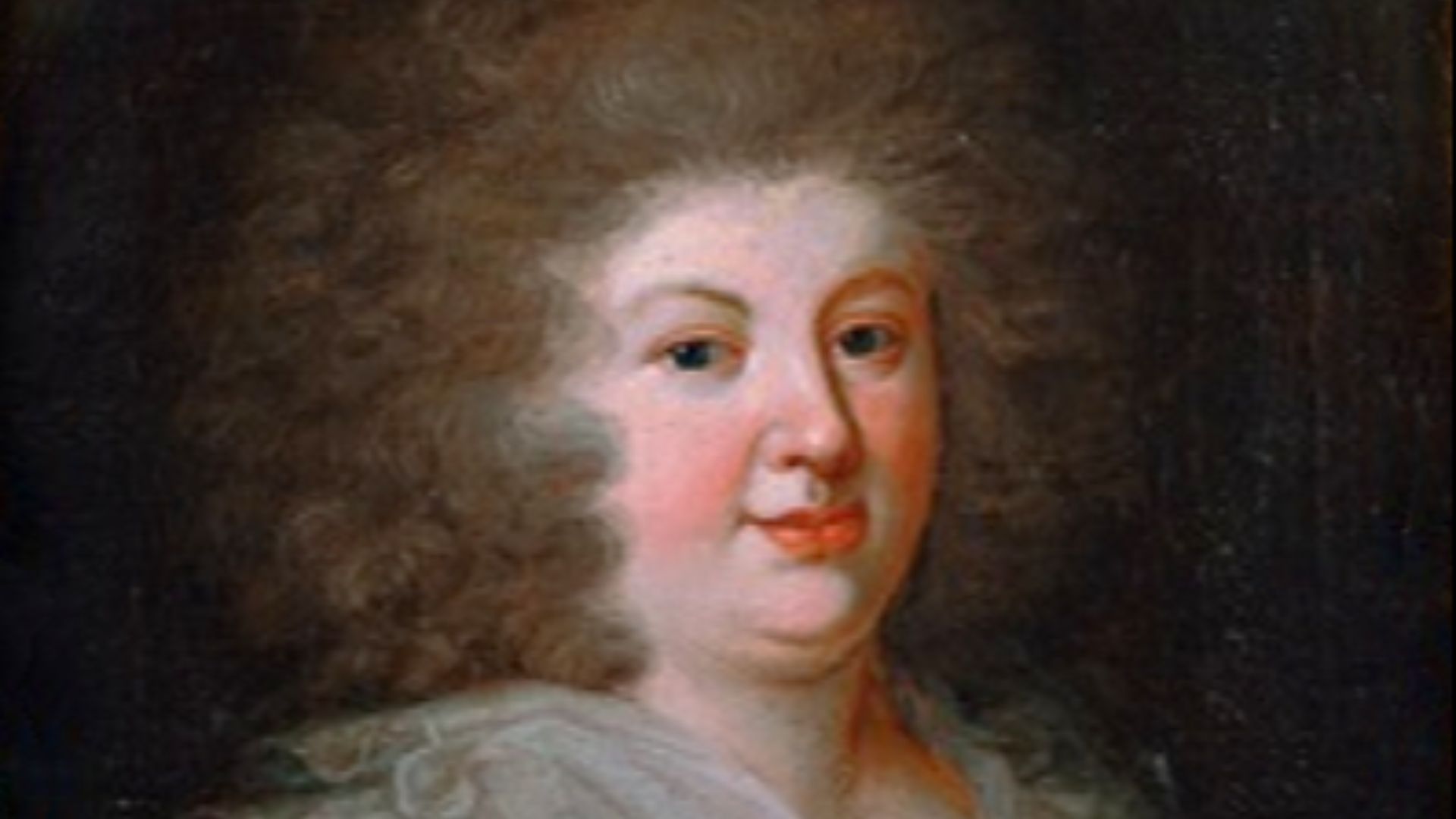 Attributed to Johann Friedrich August Tischbein, Wikimedia Commons
Attributed to Johann Friedrich August Tischbein, Wikimedia Commons
Wedding Ceremony
On April 7, 1787, Julie von Voss married Frederick William II in a small, private ceremony held in the chapel of Charlottenburg Palace in Berlin. The intimate wedding reflected the morganatic nature of their union, with only essential witnesses in a quiet affair.
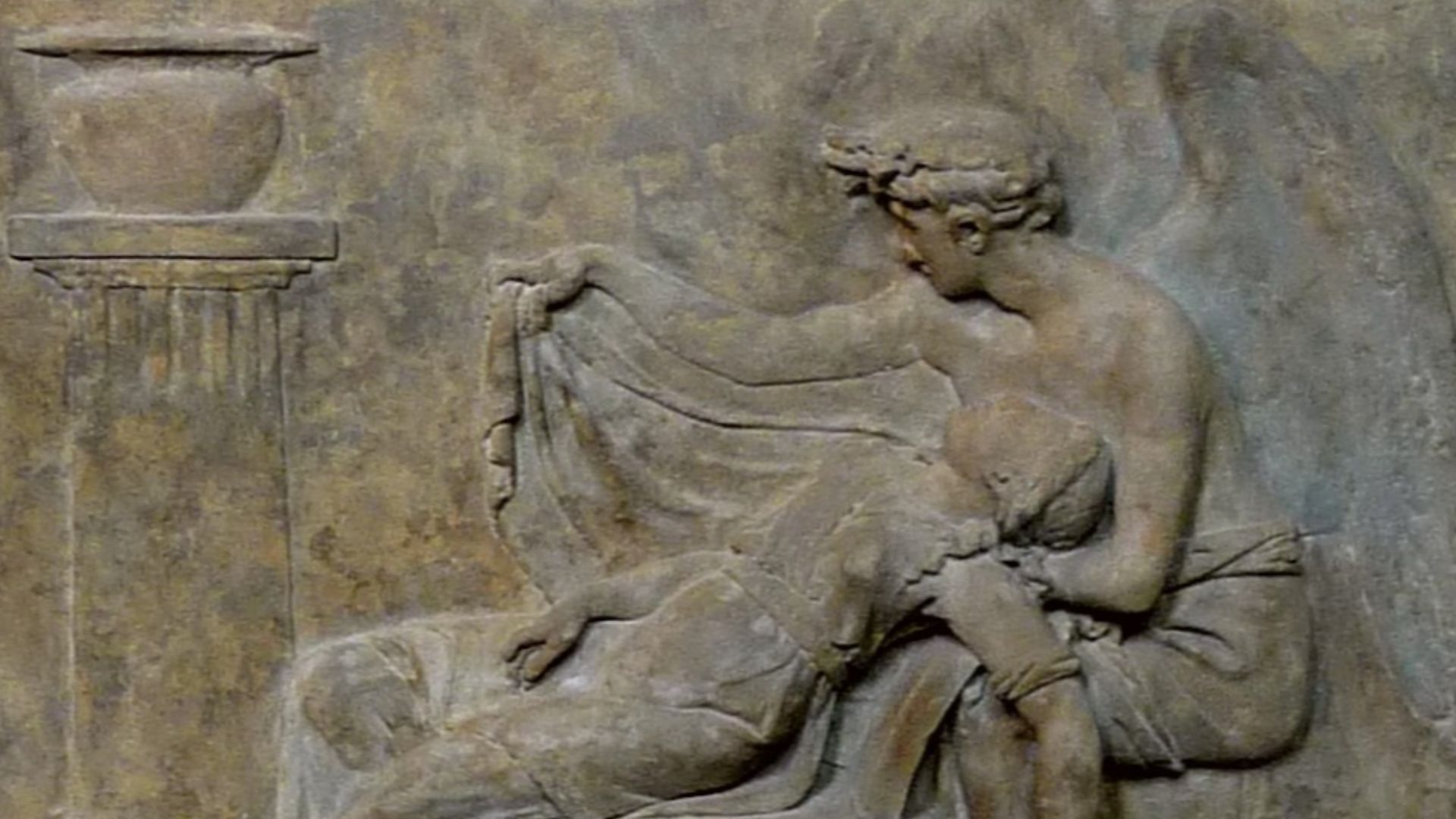 Hans Christian Genelli (1763-1823), Wikimedia Commons
Hans Christian Genelli (1763-1823), Wikimedia Commons
Countess Ingenheim
Following her marriage, Julie was granted the newly created title of Countess of Ingenheim in November 1787, thereby affording her an appropriate noble rank without royal privileges. This title allowed her to maintain dignity at court while clearly distinguishing her status from that of the official queen.
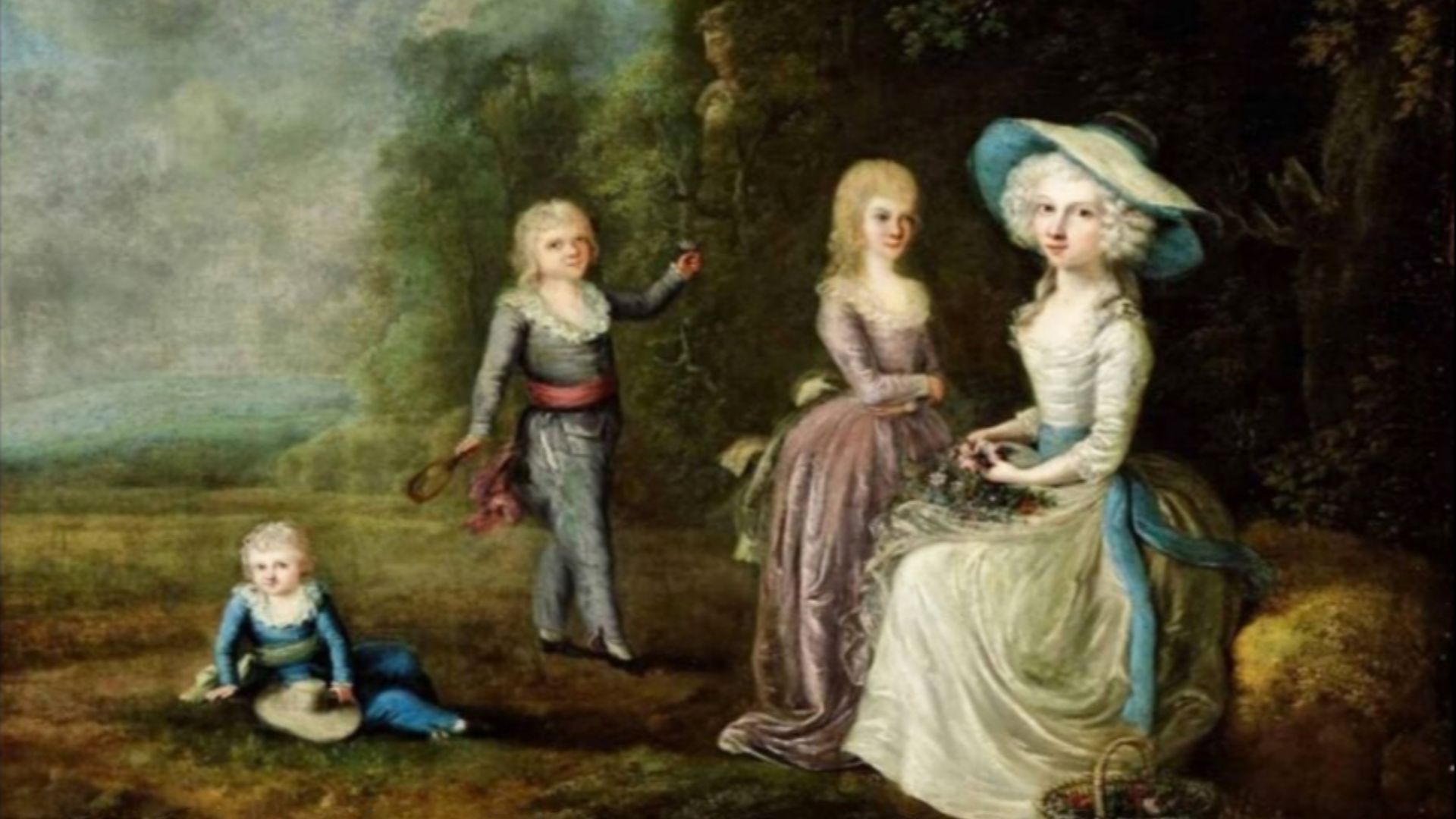 Friedrich Bock, Wikimedia Commons
Friedrich Bock, Wikimedia Commons
Gustav Adolf
In January 1789, she gave birth to Gustav Adolf, her only child with Frederick William II, fulfilling her primary duty as a royal consort. The birth of this son provided William with another male heir, though Adolf's morganatic status excluded him from direct succession to the throne.
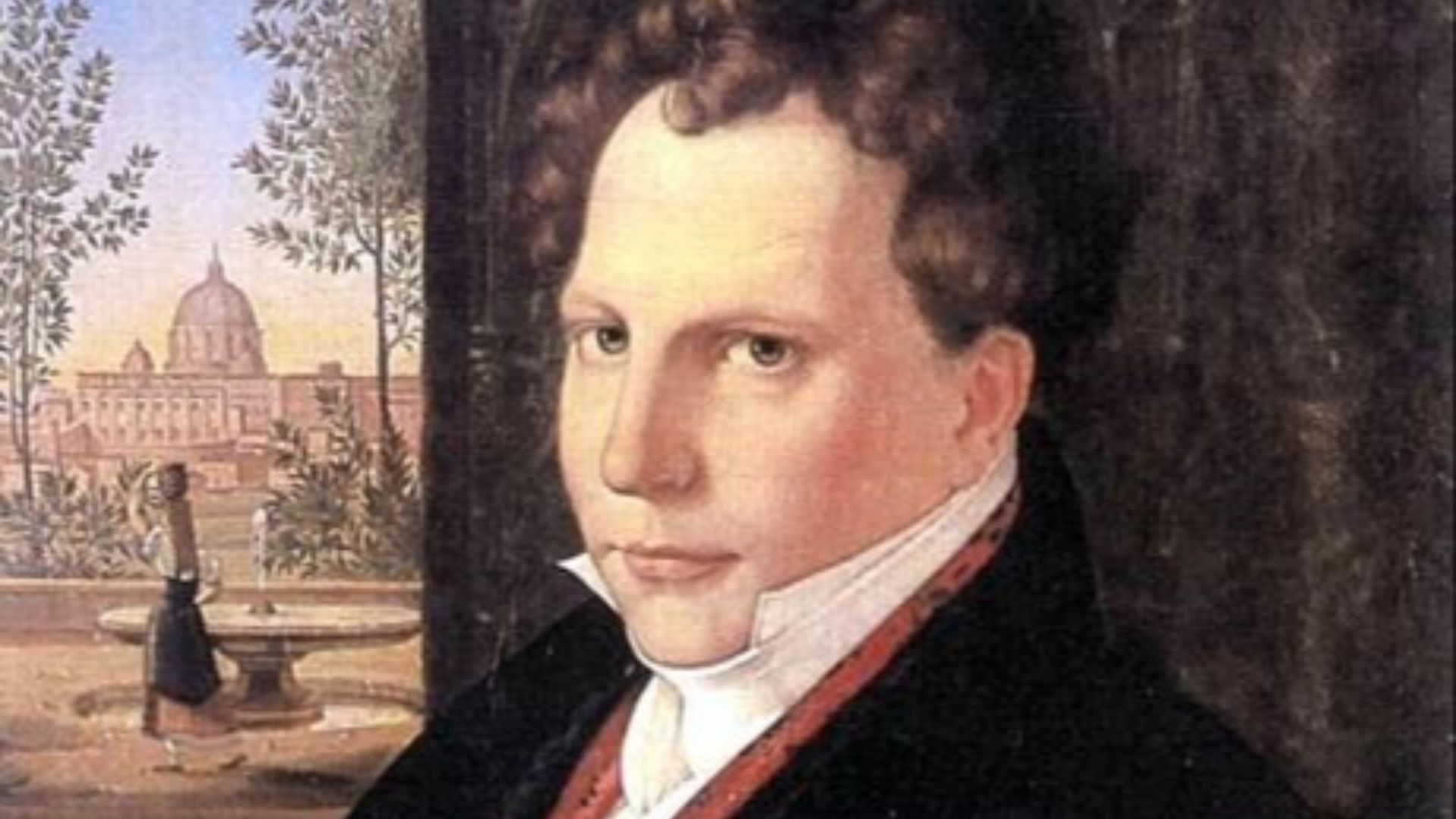 Johann Erdmann Hummel (+ 1852), Wikimedia Commons
Johann Erdmann Hummel (+ 1852), Wikimedia Commons
Tuberculosis Attack
Tragedy struck when the lady contracted pulmonary tuberculosis, known in the 18th century as "consumption" or "white death," one of the era's most feared and incurable diseases. She died on March 25, 1789, at just twenty-two years old, shortly after giving birth to their son.
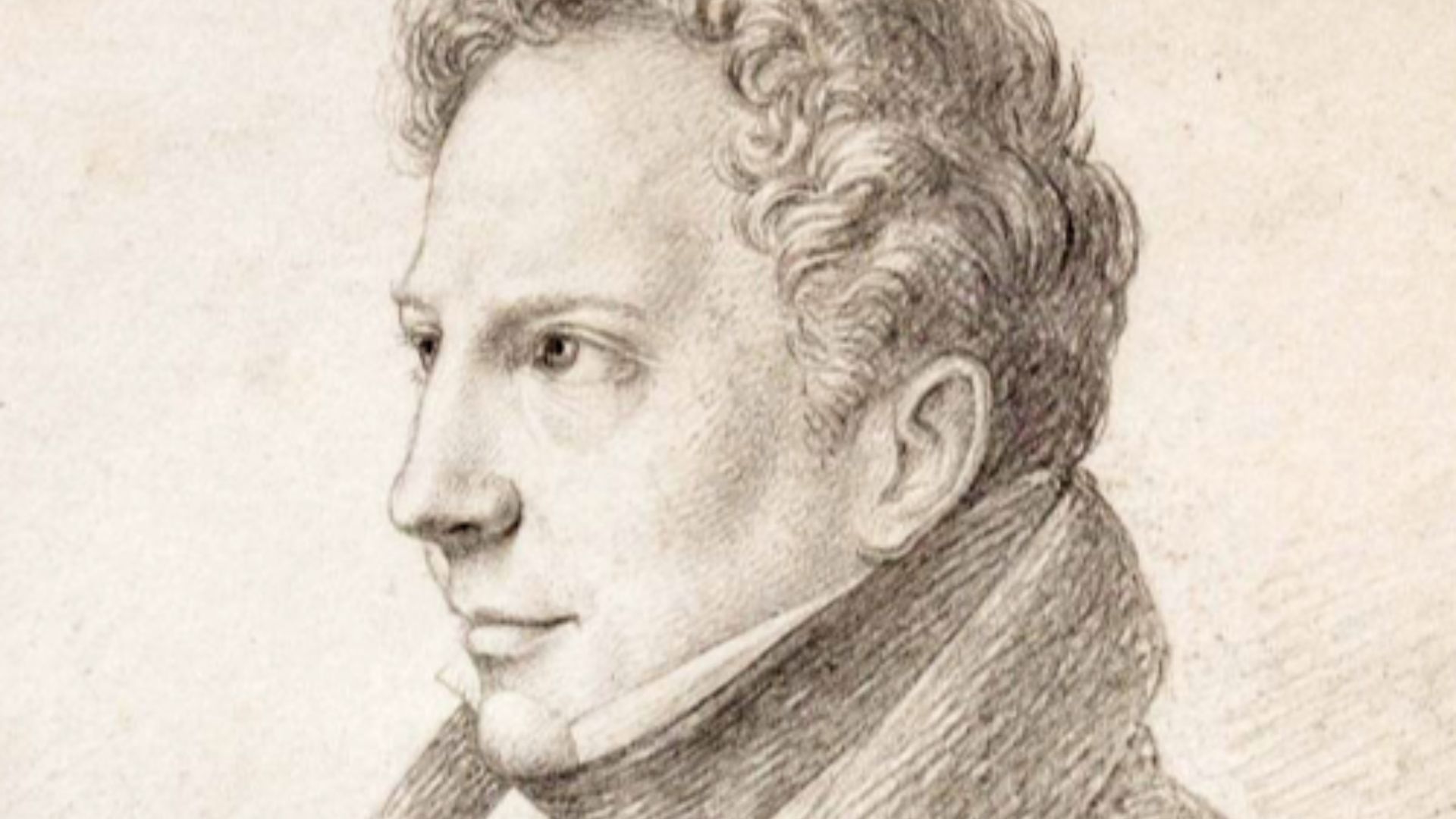 Unknown author, Wikimedia Commons
Unknown author, Wikimedia Commons
Burial Request
Julie von Voss had made a specific and unusual final request that reflected her humble nature and deep connection to her birthplace. She explicitly asked not to be interred in the traditional Hohenzollern family mausoleum alongside other royal relatives, preferring instead a solitary burial.
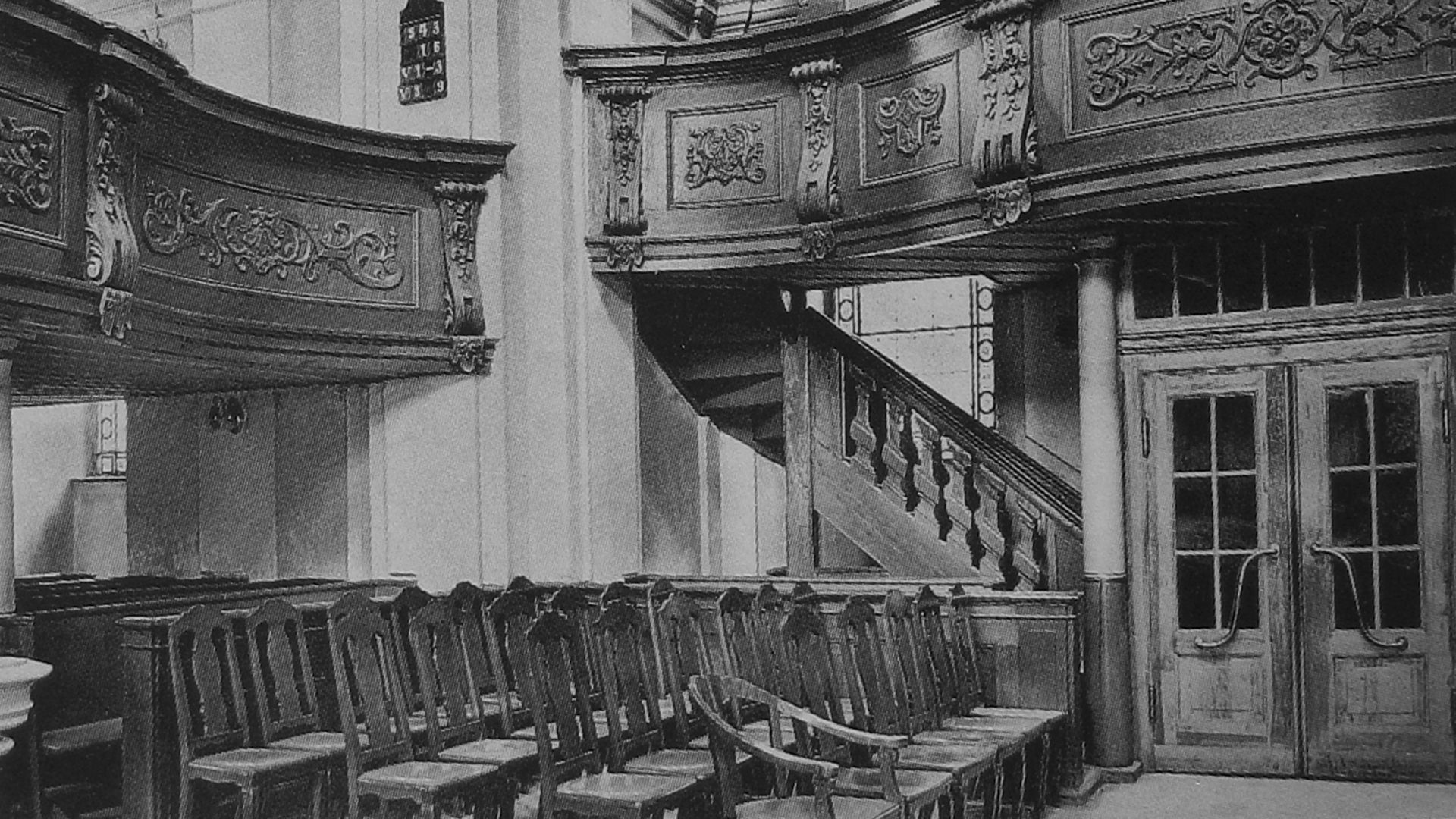 Unknown author, Wikimedia Commons
Unknown author, Wikimedia Commons
Lost Grave
Over the centuries following Julie's demise in 1789, the exact location of her grave gradually faded from institutional memory and historical records. The absence of any gravestone, combined with changing church renovations and staff turnover, contributed to the complete loss of knowledge about her burial site.
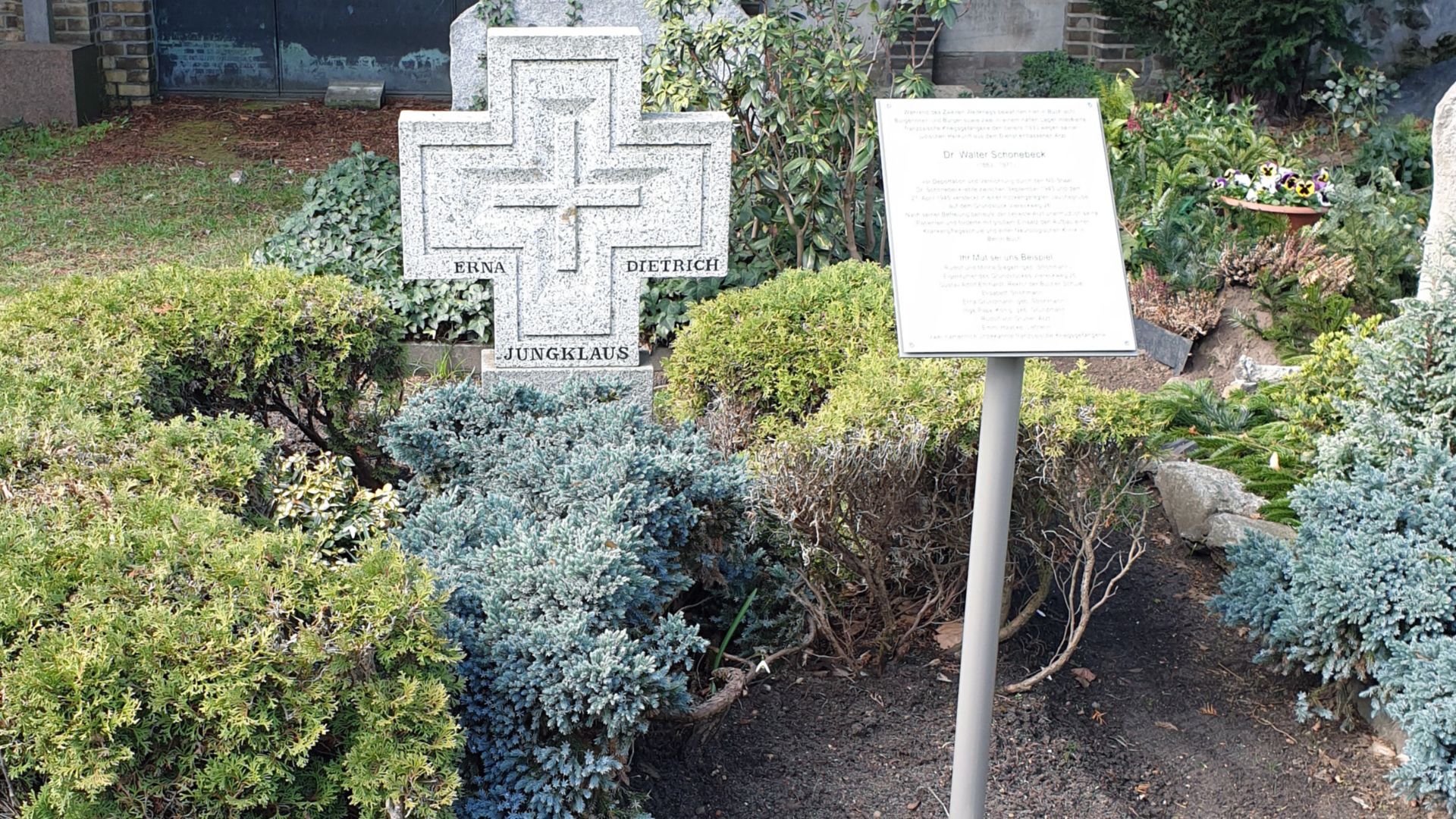 OTFW, Berlin, Wikimedia Commons
OTFW, Berlin, Wikimedia Commons

